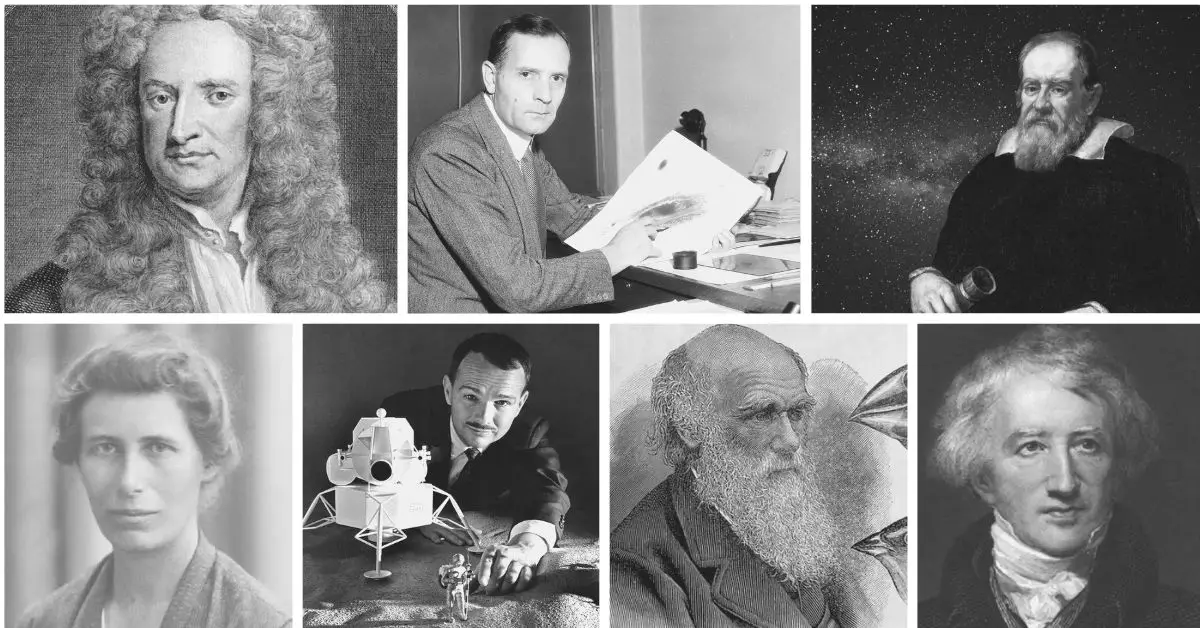To celebrate scientists and scientific advancements, we have collected a list of the most famous earth scientists that will inspire us for the greater good.
Earth scientists strive to understand the earth, including its formation and what makes it tick. They also want to know how we can work with our environment to ensure it remains healthy for future generations.
These brilliant people specialize in different fields, including mining geology, meteorology, oceanography, ecology, etc. Here are some of the most famous earth scientists in history.
To ensure credibility and a high level of quality, we have chosen only those scientists whose discoveries have stood the test of time. We also cross-checked our list against top publications like the United States National Academy of Sciences.
Check the list out and let us know your thoughts!
Table of Contents
Famous Earth Scientists
#17. James Hutton (1726-1797): The Father of Plutonic Geology
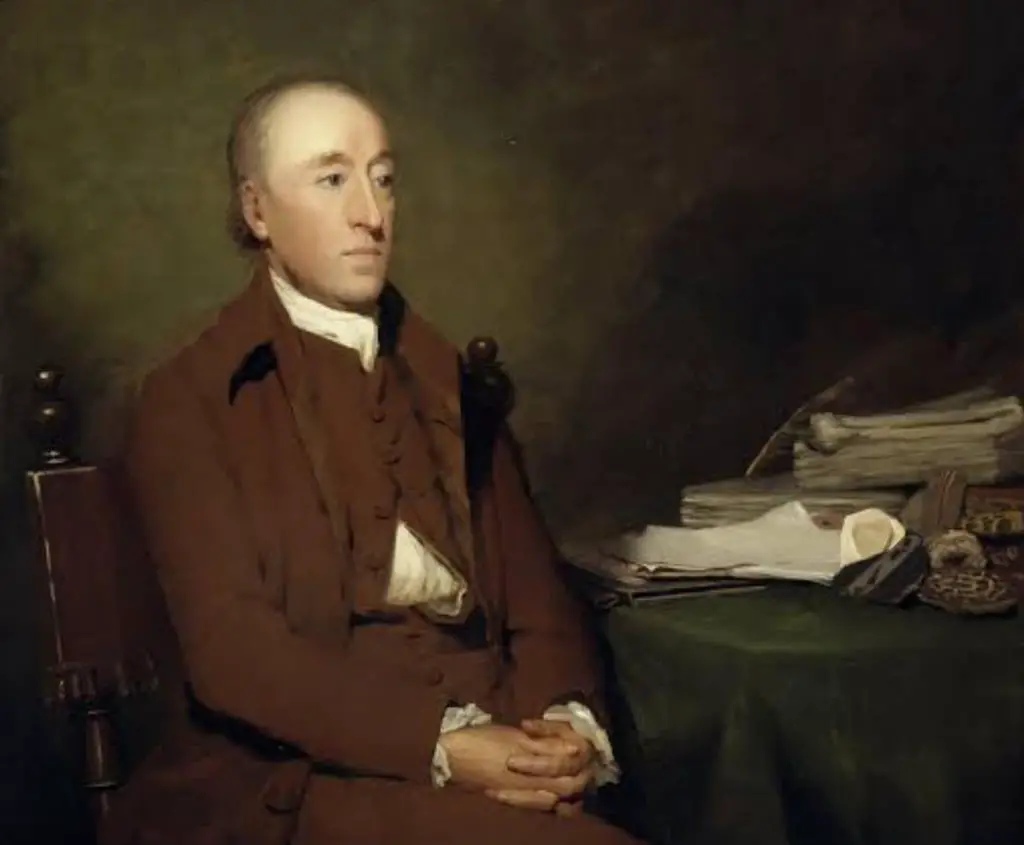
What makes James Hutton famous?
James Hutton was one of the most famous scientists ever to live. He was born in Edinburgh, Scotland, in 1726 and died there in 1797.
This British geologist pioneered modern geology. He supported what came to be known as uniformitarianism. This states that any process occurring today has been happening since Earth’s creation and can be extrapolated into the past.
Hutton’s work is most famous for his theory that slow-moving forces have shaped the Earth over an extremely long period.
[Source: Encyclopedia Britannica]
#16. Harry Hess (1906-1969): The Discoverer of Sea Floor Spreading Phenomenon
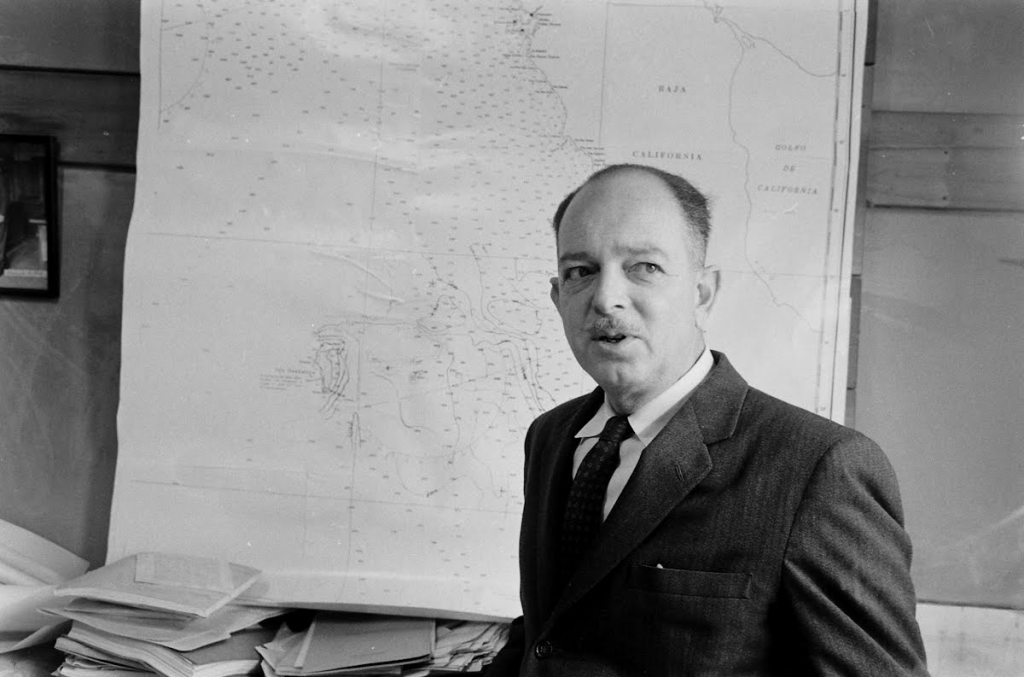
What makes Harry Hess famous?
Harry Hess, an American geologist and naval officer, is best known for his contributions to the plate tectonics theory.
He was born on May 24, 1906, in New York City. Hess received his degree in earth sciences from Yale University.
Hess served as a lieutenant commander in the United States Navy during World War II. He worked on military maps and charts of the Pacific Ocean floor.
This observation led him to develop theories about seafloor spreading and plate tectonics that scientists still use today when studying the earth’s physical processes.
[Source: The Geological Society]
#15. Shen Kuo (1031-1095): The Discoverer of The True North Concept

What makes Shen Kuo famous?
Shen Kuo was a Chinese scientist and statesman during the Song Dynasty. He was also a scholar and an expert in earth sciences.
Kuo is credited with coming up with the first description of the needle compass used for navigation.
Shen Kuo is also believed to have been one of the first people to use the term “true north” when referring to magnetic north. This concept became increasingly important as it allowed sailors to travel long distances without getting lost.
His belief in climate change also contributed to his legacy as one of the first people to hypothesize about climate change.
[Source: Encyclopedia Britannica]
Similar Articles:
- 18 Famous Swedish Scientists That You Should Know
- 15 Famous Taiwanese Scientists That You Should Know
- 16 Famous Sport Scientists That You Should Know
#14. Alfred Wegener (1880-1930): The Father of Continental Drift Theory
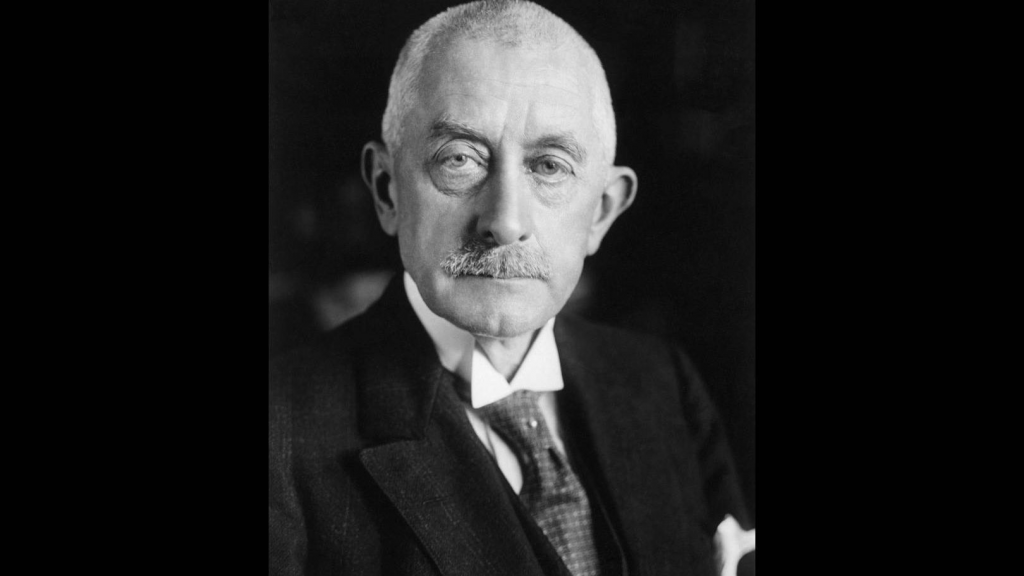
What makes Alfred Wegener famous?
Alfred Wegener was a German geologist who, in 1915, came up with the theory of continental drift. He contributed to many other fields, such as geophysics, meteorology, and polar research.
His interest in meteorology led him to study the movement of air masses over Greenland, where he noticed that the coastline seemed to fit together like pieces of a puzzle.
In 1912, he published his first paper on continental drift. But it was not until 1915 that he presented his theory formally in the paper entitled “Die Entstehung der Kontinente und Ozeane” (The Origin of Continents and Oceans).
In these papers, Wegener argued that all continents had once been joined into one large supercontinent, Pangaea (or ‘All-Earth’), which broke apart about 200 million years ago. This process of break-up continues today, causing earthquakes and volcanic eruptions around fault lines between plates carrying continents.
[Source: Encyclopedia Britannica]
#13. Johannes Kepler (1571-1630): The God’s Mathematician Who Discovered The Secrets of The Universe

What makes Johannes Kepler famous?
Johannes Kepler, born in Germany, is one of the most famous astronomers of all time. His three laws of planetary motion (Kepler’s laws) are a cornerstone of modern astronomy.
He was a religious man, as is evident in his writings. Kepler believed that God exists and that He created a perfect universe and that we cannot understand it without studying it.
[Source: Encyclopedia Britannica]
#12. Walter Alvarez (1940-Present): The Man Who Proposed the Cause of Dinosaur Extinction

What makes Walter Alvarez famous?
Walter Alvarez is an American planetary scientist and a professor of Earth and planetary sciences at the University of California, Berkeley.
He is the son of Louis Alvarez, a Nobel Laureate best known for his work in particle physics. Walter Alvarez, along with his father and other scientists, believed that dinosaur extinction came about through an impact with an asteroid.
His book “T. rex and the Crater of Doom” hypothesized that an asteroid strike killed off all dinosaurs and most species living at the time.
Scientists have widely accepted this theory, though some have argued against it by pointing out that there are other possible causes for the extinction of dinosaurs besides impacts from space rocks.
[Source: Encyclopedia Britannica]
Similar Articles:
- 18 Famous Soil Scientists That You Should Know
- 20+ Famous British Scientists That You Should Know
- 15 Famous Irish Scientists That You Should Know
#11. Stephen Jay Gould (1941-2002): The Pioneering Paleontologist

What makes Stephen Jay Gould famous?
Stephen Jay Gould was an American scientist and author specializing in evolutionary biology. He is best known for his work on punctuated equilibrium theory and his belief that religion and science are two different fields.
Gould was born in 1941 to a Jewish family in New York City. Gould became interested in paleontology after reading about dinosaurs at the Museum of Natural History in New York.
After graduating from Antioch College, Gould moved to the University of Leeds. There, he stood firm against oppression based on culture.
Gould’s most famous theory is called punctuated equilibrium. This is the idea that species do not change gradually over time but rather experience long periods of stability before sudden changes occur.
[Source: Encyclopedia Britannica]
#10. Nicholas Steno (1638-1686): The Catholic Bishop Who Pioneered Stratigraphy

What makes Nicholas Steno famous?
Nicholas Steensen, also known as Niels Steensen, was born in Denmark on November 11, 1638. And if that doesn’t make you feel young, then maybe the fact that he’s best known for his pioneering contributions to geology and anatomy will do the trick.
His studies of rock formation and fossils led to the establishment of the field of stratigraphy (which sounds like something out of Harry Potter), but that wasn’t all he did. Born into a Lutheran family, Steno went on to be a Catholic Bishop.
He was such a great influence on science that people still study him today.
[Source: Encyclopedia Britannica]
#9. Charles Richter (1900-1985): The Co-Developer of the Richter Scale
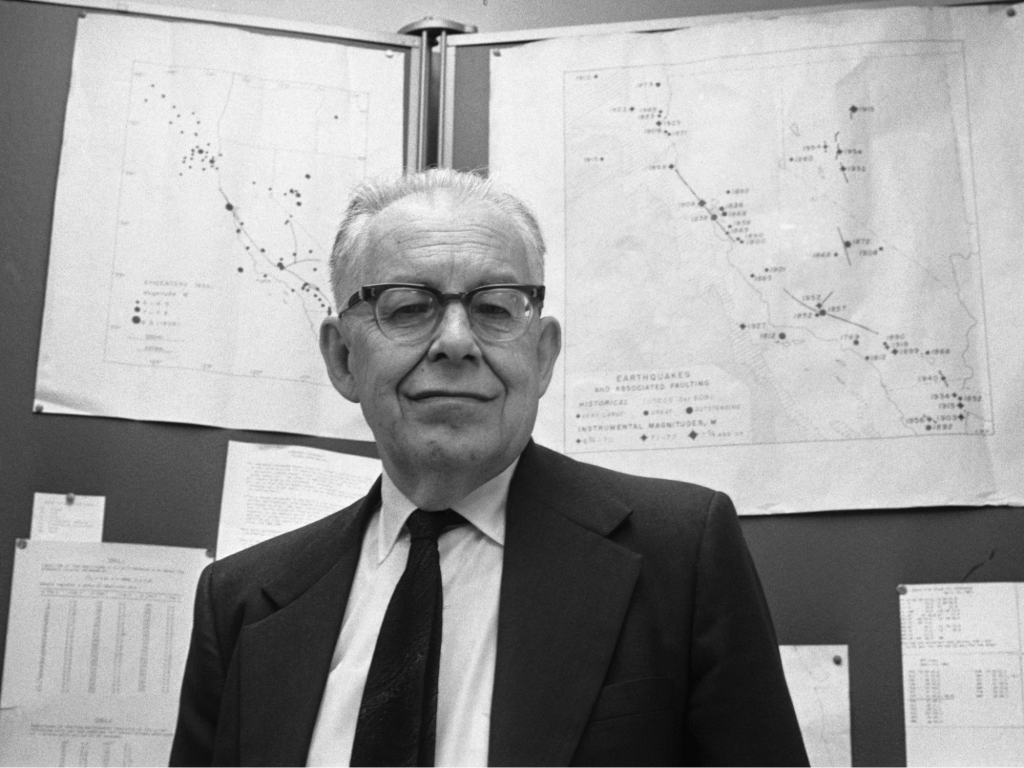
What makes Charles Richter famous?
Charles Richter was an American seismologist who invented the Richter magnetic scale.
In 1932, Richter and Beno Gutenberg developed a system of measuring earthquakes based on how much they shook the earth’s surface.
The Richter scale uses logarithmic math to represent how powerful an earthquake is based on the amplitude of its seismic waves. The higher the number on the scale, the more powerful the shaking from an earthquake will be.
The moment magnitude scale replaced this seismograph as the standard for measurements by the US Geological Survey. The new one (developed in 1979) bases its measurements on the earthquake’s seismic moment.
[Source: Encyclopedia Britannica]
Similar Articles:
- 30+ Famous Life Scientists That You Should Know
- 16 Famous Korean Scientists That You Should Know
- 16 Famous Shark Scientists That You Should Know
#8. Louis Agassiz (1807-1873): One of The Founding Fathers of The Study of Fish

What makes Louis Agassiz famous?
Louis Agassiz was an American biologist born in Switzerland on May 28, 1807. He is best known for his work in ichthyology—the study and classification of fish.
Agassiz had strong observational skills, which helped him make groundbreaking discoveries in geology and zoology, among others. He also pioneered glaciology.
Louis Agassiz strongly opposed Darwin’s evolutionary theory. Instead, he supported creationism. This is evident in his writings, which have attracted criticism from non-bible scientists.
[Science: Encyclopedia Britannica]
#7. Georges Cuvier (1769-1832): The Founding Father of Paleontology
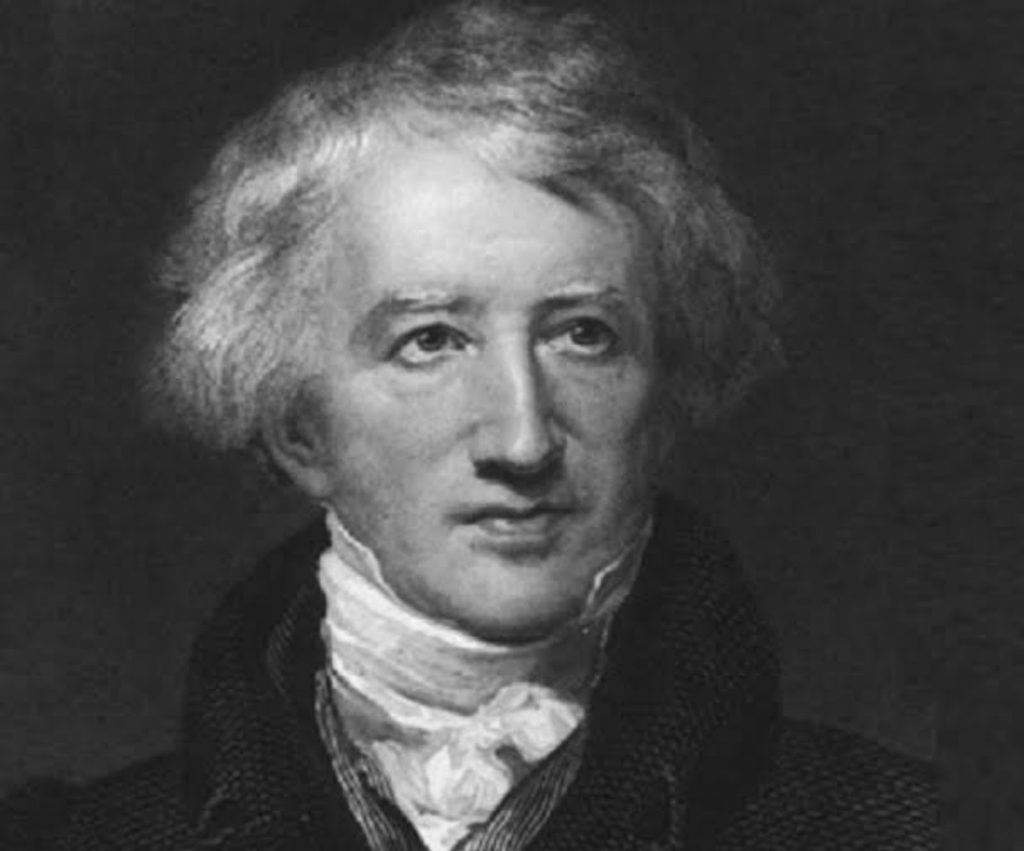
What makes Georges Cuvier famous?
The name Georges Cuvier probably doesn’t ring a bell for most people. But if you’re interested in natural history, you’ve probably heard of him. That’s because he was kind of a big deal.
Cuvier was born on August 23rd, 1769. He was a zoologist and naturalist. Georges Cuvier is best known for his work which led to the establishment of paleontology and comparative anatomy.
Cuvier was also famous for critiquing the theories of evolution put forth by Jean-Baptiste Lamarck and others during that period. Lamarck believed in spontaneous generation (that life could come from non-living matter) and transmutation (that one kind of organism could turn into another).
On the other hand, Cuvier believed species did not change over time because they were fixed at creation.
[Source: Encyclopedia Britannica]
#6. Charles Darwin (1809-1882): The Father of Natural Sciences
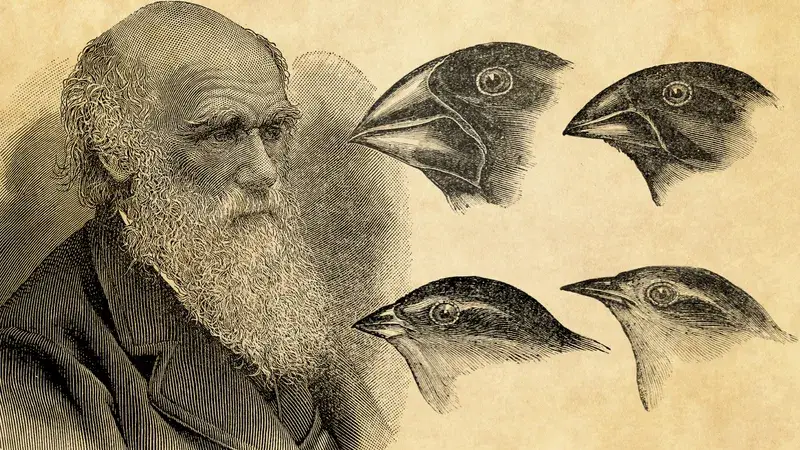
What makes Charles Darwin famous?
Charles Darwin was a British naturalist and geologist who contributed significantly to evolutionary biology through his theory of natural selection.
This theory states that individuals best suited to survive and reproduce will pass on their genes to future generations, while those less fit will not succeed as well as others. The result is that certain traits become more common over time because of this process of natural selection.
This English geologist believed that all living things originated from one ancestor. He also wrote On the Origin of Species, which became one of the most influential books ever written on evolution—and it still is today.
What’s the best Charles Darwin quote?
“It’s not the strongest of species that survive, nor the most intelligent, but the one most responsive to change.”
[Source: Encyclopedia Britannica]
Similar Articles:
- 14 Famous Vietnamese Scientists That You Should Know
- 15 Famous Filipino Scientists That You Should Know
- 15 Famous Sleep Scientists That You Should Know
#5. Eugene Shoemaker (1928-1997): Founder of Astrogeology Who Was Buried in the Moon
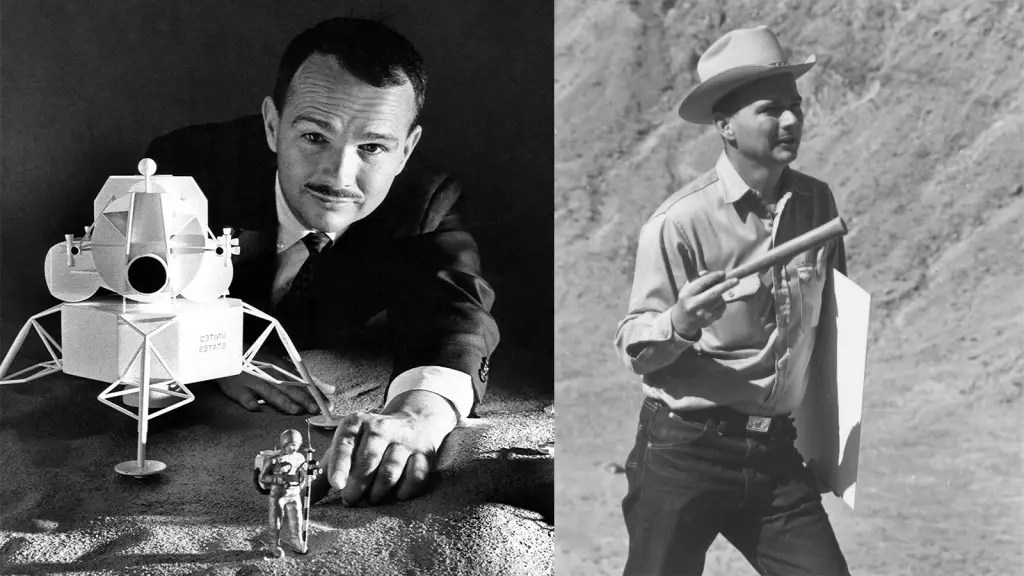
What makes Eugene B. Shoemaker famous?
Eugene B. Shoemaker was an American geologist born in 1928 in Los Angeles. He studied at Caltech and Princeton University.
In 1994, Shoemaker-Levy 9 hit Jupiter’s surface, causing a massive storm that would be visible from Earth for over a year. This comet got its name from the people who first discovered it—Eugene B. Shoemaker, David Levy, and Carolyn S. Shoemaker (Eugene’s wife).
Shoemaker also researched terrestrial craters—those formed by volcanoes or earthquakes. He died in a road accident when going to such craters in Australia.
As an honor to this pioneer geologist, members of NASA’s Lunar Prospector mission carried his ashes to the moon.
[Source: USGS]
#4. Inge Lehmann (1888-1993): The Person Who Discovered The Earth’s Inner Core
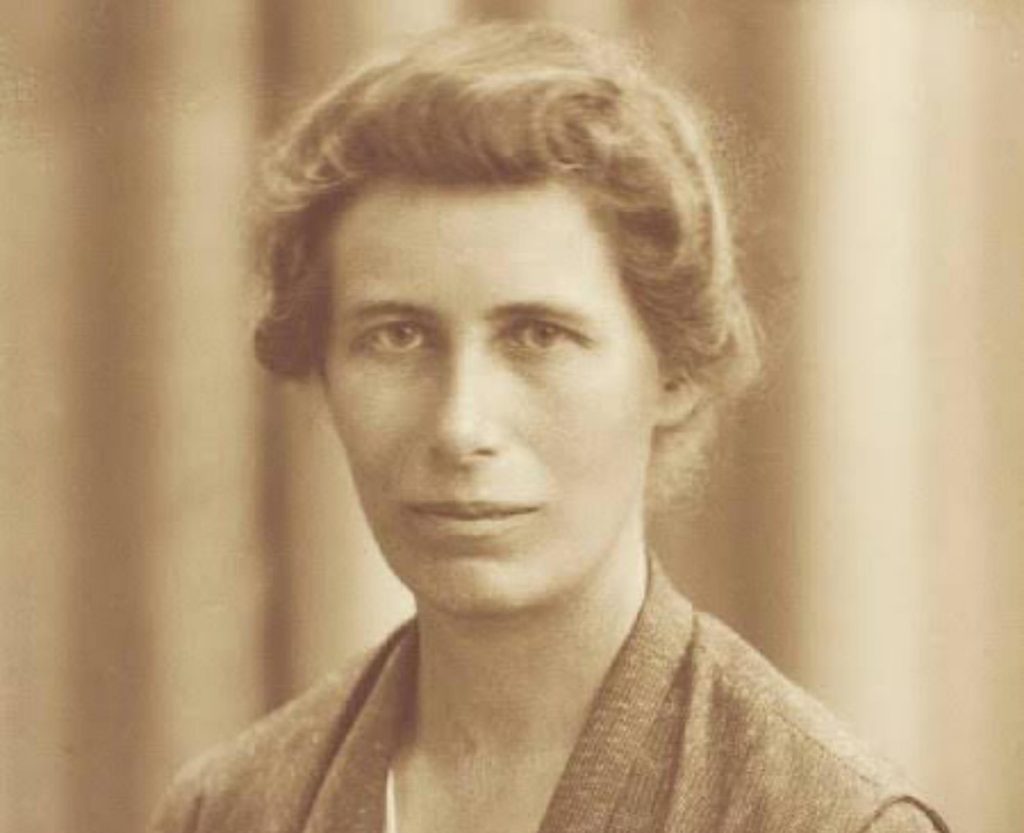
What makes Inge Lehmann famous?
Born in Copenhagen, Denmark, Inge Lehmann rose to become a prominent geophysicist and seismologist.
Her most notable accomplishment was her discovery of the Earth’s inner core. She was the first to realize that earthquakes are not just surface disturbances but the result of deep-down shifts in the planet’s crust and mantle.
Lehmann was also one of the first female geologists to have her ideas taken seriously and published in professional journals.
Inge Lehman received several awards for her achievements in the field of science. She was the recipient of the Gordon Wood Award, among other honors.
What’s the best Inge Lehmann quote?
“You should know how many incompetent men I had to compete with-in vain.”
[Sources: Encyclopedia Britannica, Vox ]
#3. Galileo Galilei (1564-1642): Father of Observational Astronomy Who Made The First Space Telescope
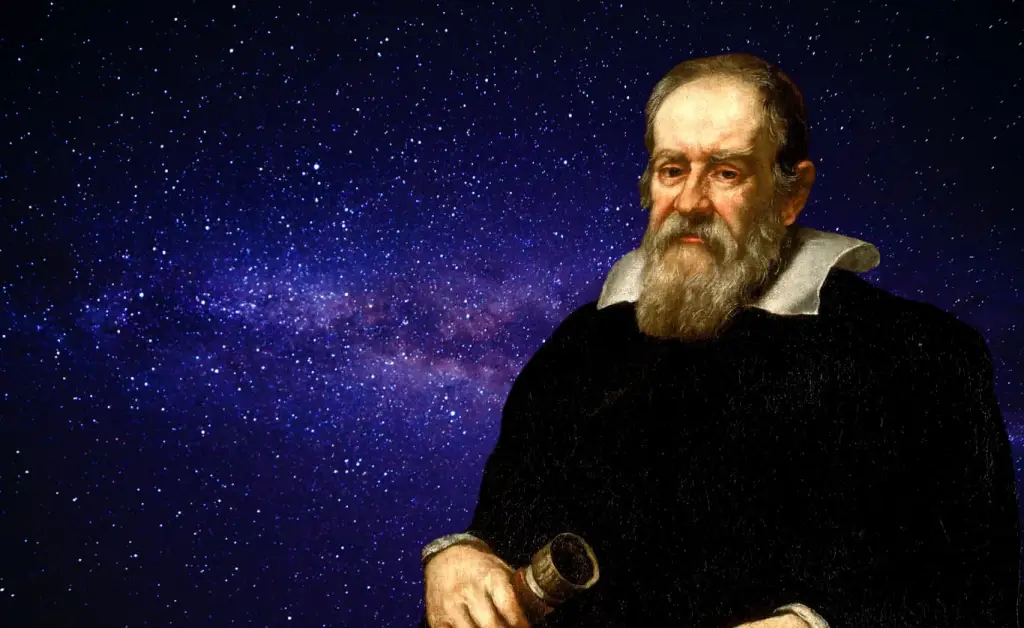
What makes Galileo Galilei famous?
This Italian polymath is one of the most famous scientists known for his contributions to the field of observational astronomy. He made significant discoveries regarding the nature of celestial bodies, including the phases of Venus, Saturn’s rings, and lunar craters.
Galileo also discovered that the earth revolves around the sun—considered heresy at the time. As an engineer, he also developed a thermoscope and military compasses that were useful in any weather. These accomplishments earned him a place in history as one of the most influential scientists.
What’s the best Galileo Galilei quote?
” All truths are easy to understand once they are discovered; the point is to discover them.”
[Source: Encyclopedia Britannica]
#2. Edwin Hubble (1889-1953): The Man Who Found Our Place in the Cosmos
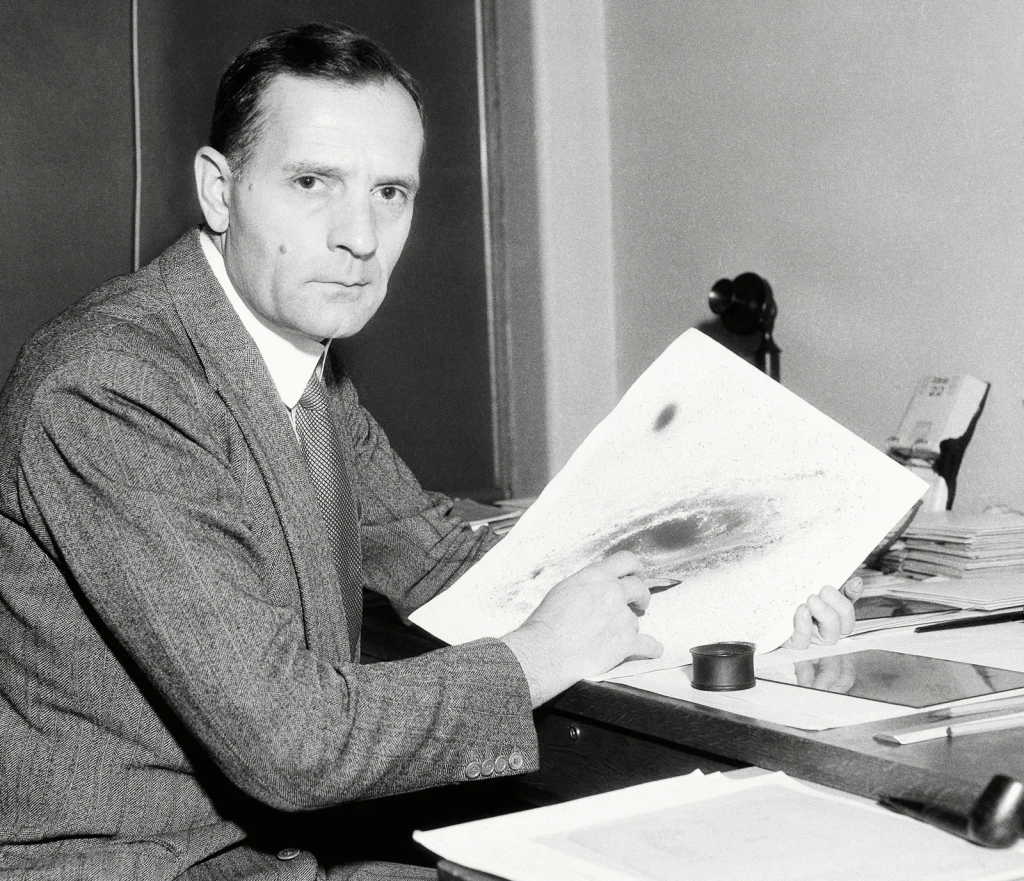
What makes Edwin Hubble famous?
Edwin Hubble was one of the most outstanding American astronomers of all time. He helped to pioneer observational cosmology and extragalactic astronomy.
Hubble is also famous for proving that galaxies exist farther from the Milky Way than was previously known. His Hubble’s Law is the most widely accepted theory, explaining that we are in an expanding universe.
Edward Hubble’s ideas and discoveries changed how we looked at the universe and paved the way for establishing the space program. The famous Hubble Telescope is named after him.
[Source: Encyclopedia Britannica]
What’s the best Edward Hubble quote?
“The search will continue. The urge is older than history. It is not satisfied and will not be suppressed.”
#1. Sir Isaac Newton (1642-1727): The Man Who Formulated The Laws of Motion

What makes Sir Isaac Newton famous?
Sir Isaac Newton was an English scientist and mathematician. He is best known for his contributions to astronomy, physics, and optics and his many other works that extended throughout the 18th century.
His contributions to astronomy were enormous. He suggested the earth is an oblate spheroid. His invention of the reflecting telescope helped study the solar system.
Newton’s laws of motion were crucial in understanding how objects move on Earth. For these discoveries and more, Sir Isaac Newton is one of the scientists who founded modern physics, astronomy, and mathematics.
What’s the best Sir Isaac Newton quote?
“What we know is a drop, what we don’t know is an ocean.”
[Source: Encyclopedia Britannica]
Final Thoughts
Earth science is an important field, and we need more people to explore it.
If you’re interested in becoming an earth scientist, we hope this article has given you some ideas.
You don’t have to be a genius like Newton or John T. Wilson, the Canadian geologist known for his explanation of transform boundaries.
You only need a passion for your work and a desire to make a difference. And if you do, we’re sure there’s an earth scientist out there who would love to have you on his or her team.
Let us know your thoughts in the comment below!

